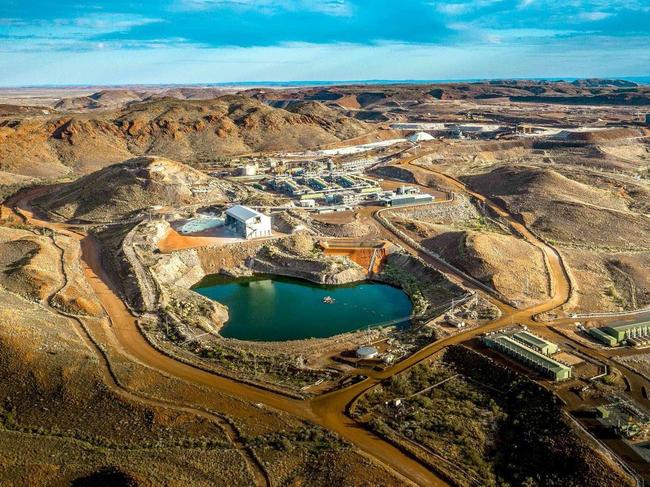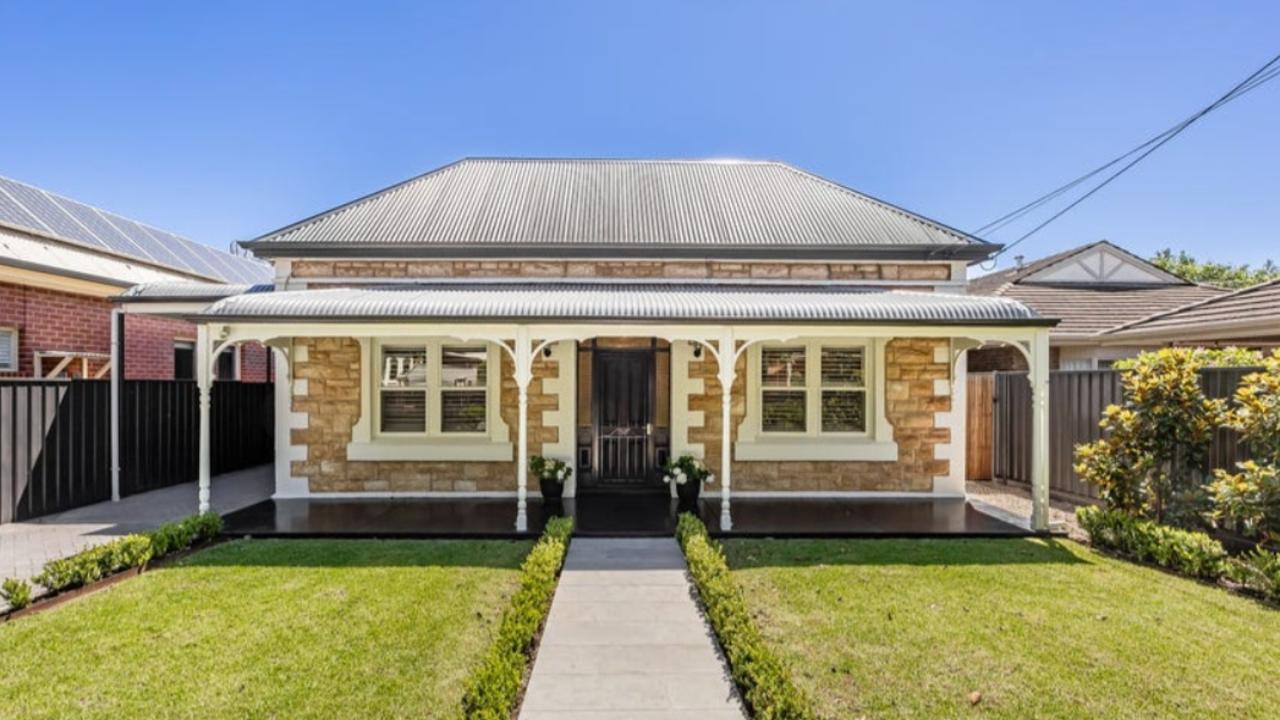
On December 26, 1919, after leading his troops to significant victories in the final stages of World War One, Sir John Monash returned to a hero’s welcome in Australia.
Just as Monash transformed the war’s outcome, his return heralded a fundamental change to Australia because he brought back with him the German technology that would enable the vast reserves of brown coal in Victoria’s Latrobe Valley to generate abundant low cost electricity to create an Australian industrial powerhouse.
Now in 2023, just over a century later, Australians are returning the compliment and taking their know-how and capital back to Germany not only to generate zero-carbon electricity but to make Europe a major producer of low-cost lithium to transform its electric car strategies.
And an important chunk of the initial Australian capital came from our iron ore proceeds generated by the Hancock family.
Gina Rinehart and her son John Hancock might have had court fights over the family fortune, but they are united in both being major shareholders in the ‘Monash reversal’ via the listed company Vulcan Energy Resources.

Vulcan chief executive and founder, Francis Wedin, concluded around a decade ago that lithium would be a vital material in the electrification of the globe because of its role in batteries.
His early lithium thrust was in WA taking hard rock leases alongside Pilbara Minerals which were later acquired by Pilbara as part of its lithium thrust.
One of the major global sources of lithium is Chile’s salt water (brine). Wedin commissioned PhD research on the best places to look for lithium dissolved in brine. The research isolated that the best prospects were in California and the France /Germany Rhineland areas.
Wedin chose Europe and obtained rights over a geothermal brine area which had the prospect of being one of the largest geothermal resources in central Europe.
Vulcan’s Rhineland area, that was one third in France and two thirds in Germany and contained one of the world’s largest lithium deposits, dissolved the hot brine.
Back in 2018 when Wedin began his European adventure, all the base Rhineland resource facts had actually been documented but no one had put them together as a capital project.
And, of course, at the time Europe was basking in the abundant low-cost gas coming from Russia as a base energy source. It was not until the Ukraine war that Germany turned to thermal energy on a much larger scale.
Even more importantly, European capital markets were not attuned to raising some $500m for a project that would take almost a decade to complete and involved many technologies.
But Australian miners, like the family of Lang Hancock, are familiar with mining projects that take upwards of 10 years to develop. And so the required capital could be raised in Australia.

Wedin was adamant that the project had to be zero carbon and based on technologies that had been used elsewhere. Hot spring brine water was a known energy source, and indeed the area that Vulcan selected included a small operation.
The technology to extract lithium chloride from brine was also well proven.
Vulcan began undertaking extra research to patent technology to improve the filtering process and eliminate dependence on China.
A plant is being erected in France to manufacture the Vulcan filters and make the project European centric. A third stage of the process was an electrolysis based system to convert lithium chloride to lithium hydroxide – the material used in batteries.
All three plants required trials and pilot operations, which took capital and time. But now all the major operations to produce the brine, energy plus lithium chloride and hydroxide are under construction with a 2025 start. Extra wells are being drilled to increase production of brine.
Wedin says Vulcan will produce renewable heat for more than 1,000,000 people by 2030 plus, of course, the energy required to produce lithium hydroxide.
Vulcan’s lithium hydroxide production is designed to supply one million electric vehicles a year, which will greatly reduce Europe’s dependence on Chinese lithium.
Vulcan has sales agreements with European motor makers led by Stellantis (Citroën Jeep, Maserati Peugeot) which made an equity investment; Renault, Volkswagen and the Korean LG energy group.
Given that the co-products, heat and electricity, will also be important revenue earners, Vulcan is looking at producing some of the cheapest lithium in the world which will help underwrite European electric car production.
Long term projects like the Vulcan lithium enterprise go through periods of market enthusiasm and lack of patience.
Vulcan shares have fluctuated between $9.88 and $3.50 this year. This week they traded around $3.80 – below the $109m capital raising last May which was priced at $5.10.
The company is capitalised at around $650m.
Despite the share price fall, Vulcan directors assure the market that the Australian conceived and backed project is on track.
Let’s hope the Europeans recognise our contribution to their prosperity in the looming free trade negotiations.







